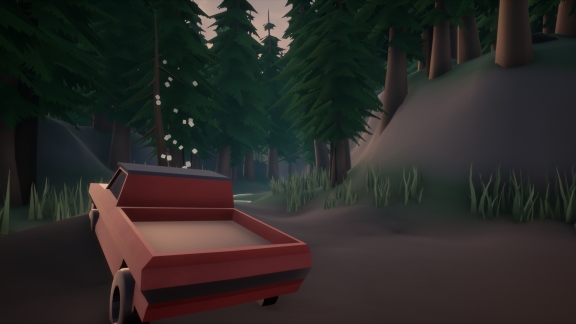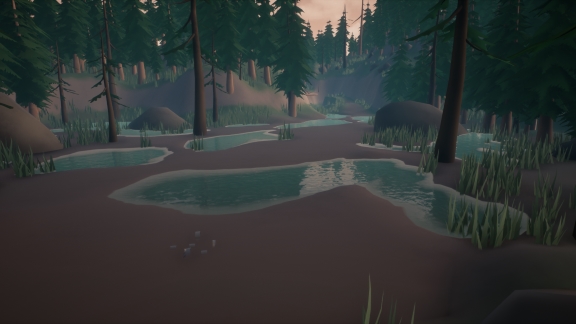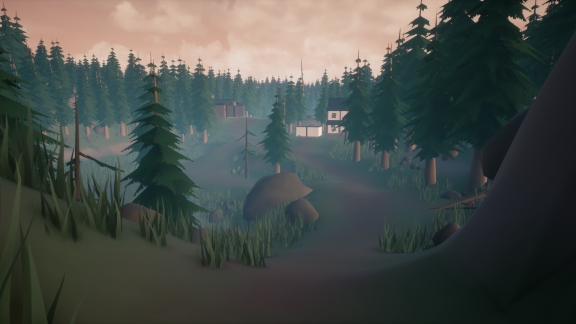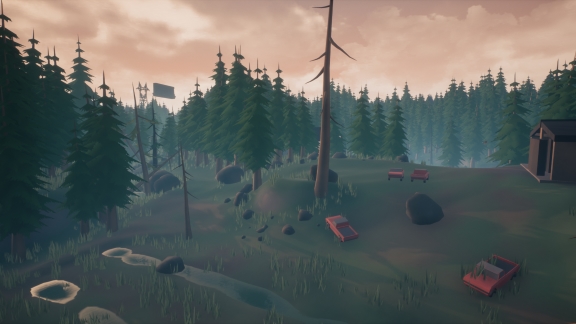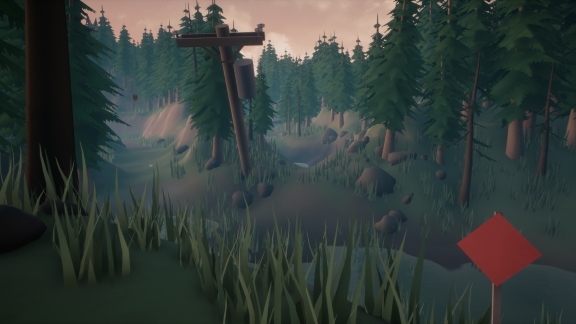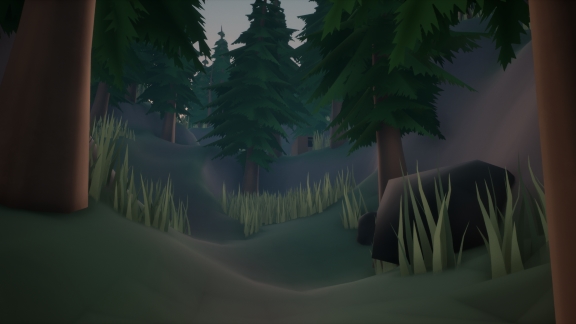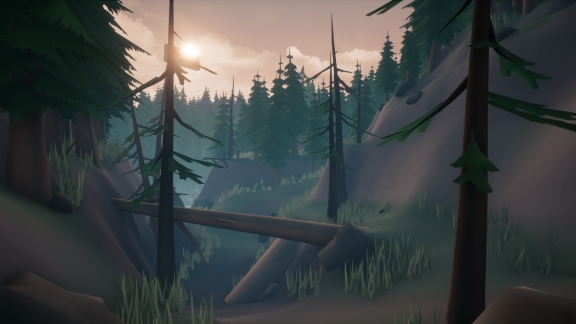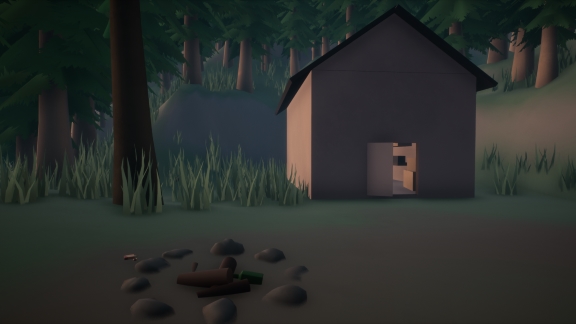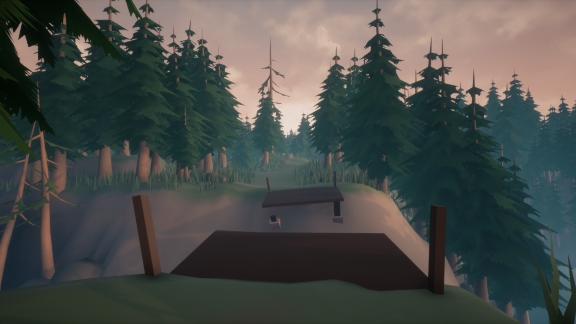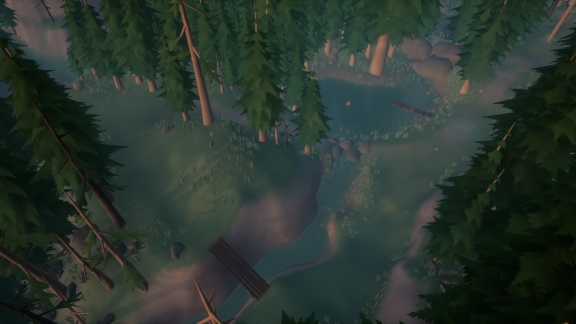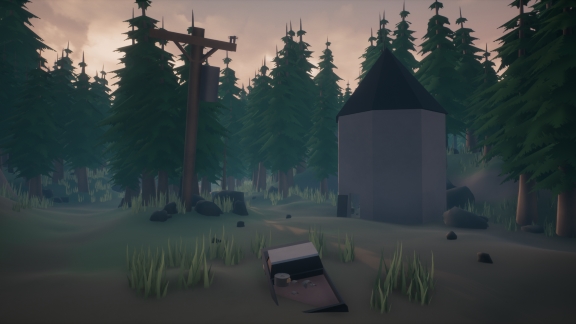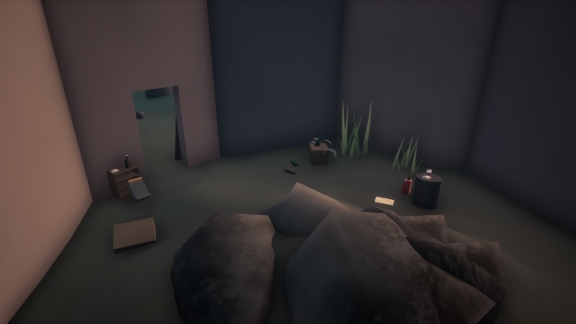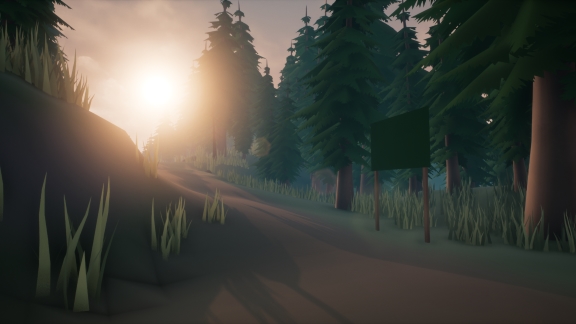Perdition
Featured at the 2019 DigiPen PAX West Arcade Booth!
Perdition is a single player, first-person shooter with visceral, fast-paced combat and environmental storytelling. A story of vengeance, vindication, and survival. A story of closure.
- Platform: PC
- Genre: 3D first-person shooter
- Players: 1
- Engine: UE4
- Development: September 2017 - December 2018
Level Designer
I worked with another level designer to create 4 unique 3D levels, each offering about 10-15 mins of gameplay. I was responsible for developing levels from concept, to whitebox, through many iterations, and then handing them off to an artist once they were finalized. I used a variety of tools in UE4 to sculpt landscapes, populate environments with structures and foliage, guide players using lighting and scene composition, choreograph narrative events, and design challenging combat scenarios, and engage players of multiple playstyles to explore and overcome challenges. Finally, I used custom tools made by teammates which empowered my ability to design combat encounters and script objective messages.
My work as a level designer empowered Perdition by providing...
- three complete and visually-distinct levels (plus one prototype of a level which isn't in the final game)
- thoughtfully-composed environments, which guide the player through the space and teach new gameplay mechanics
- an assortment of combat encounters using a variety of 3D spaces and enemy types to challenge the player
- narrative events through which Perdition can build its world and deliver Beckett's tragic tale against the tinmen
- detailed overhead maps for each level which communicate design intent for other designers and artists
Release Engineer
My teammates and I used Perforce to check out files and back-up our work after every work session. I voluntarily conducted research on best practices for Perforce and its visual client P4V, and then I documented those best practices (as well as how-to's for creating workspaces, branches, and checking out/checking in files) to be used by my team. When issues arose, I was happy to provide technical aid to resolve conflicts and get everything sorted out as quickly as possible so nobody was road-blocked for long.
My work as a release engineer ensured that...
- the project was backed up on a daily basis
- team members were informed of what files they could work on and which ones they needed to wait for
- multi-step tasks, like creating a new workspace or branch, were documented to guide team members through them quickly and accurately
- production branches were being merged cleanly for project milestones
- technical issues were being resolved as quickly as possible so the structure remained in an optimal state and team members could get work done when they wanted to

